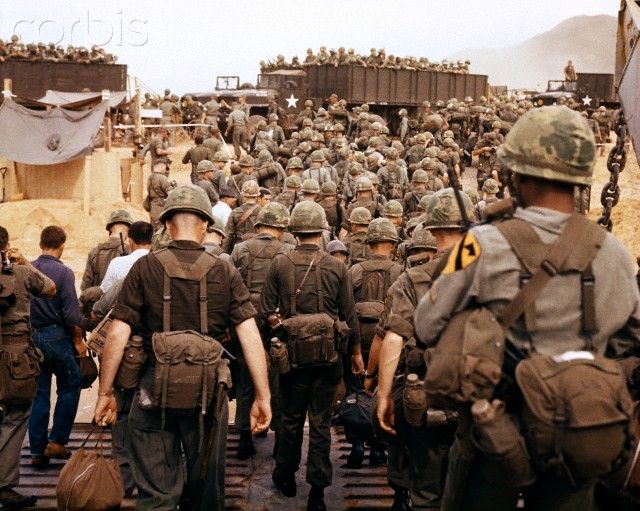
How to Satisfy the War’s Insatiable Appetite for Draftees?
When President Lyndon B. Johnson assumed office in 1963, America had 16,000 troops in Vietnam. Within a year, the figure grew slightly to 23,000. In 1965, however, in response to requests from American commanders in Vietnam for ever more troops, the figure mushroomed to 185,000. By 1966 America was sucked ever deeper into the quagmire, as the troop count more than doubled to 385,000. That insatiable demand for ever more American troops put the LBJ administration in a bind: where to get them, and not risk a public backlash in the process? The answer was to cut corners – drastically so – to send unfit draftees to Vietnam. The way the draft system was set up back then, college students got deferments. An end to student deferments would furnish enough bodies to meet the military’s manpower shortage – but there was a hiccup.

At the time, college students were predominately the kids of the middle and upper classes: the people whose opinion mattered most to Congress and the media. Without their support, or at least acquiescence, American involvement in Vietnam could not continue. Such support or acquiescence would not last if their kids’ student deferments were cancelled, and they were drafted and sent to fight and die in a far off country most Americans could not place on a map. Reservists could be mobilized to furnish enough bodies. However, that posed a similar dilemma: the reserves and National Guard were overwhelmingly filled with the children of the well off and connected. To send them to Vietnam would produce a fierce backlash. So the Pentagon brainstormed, and as seen below, came up with an awful solution.

